Vertical Farming
Nowadays, with the development of urbanization and the continuous increase of population, food supply is more and more important for all cities. It was estimated that in 2050, global urban land cover will increase from 300,000 km² in 2000 to 1,200,000 km², and about eighty percent of worldwide population will live in urban area. The whole world are facing serious food and plantation shortage, and even worse, famine and ecological disasters. Urban regions have made effort to maximize the space usage and food production to feed their inhabitant. One of the solutions was vertical farming, growing crops vertically in controlled indoor environment. Though vertical farming have been operated for over 20 years, there are still disputes about whether vertical farming is profitable and whether it can feed the world. Some of the people consider vertical farming as hype as it is not as good as expected. We would like to talk about vertical farming and discuss the prospect of it. Let' s start it.
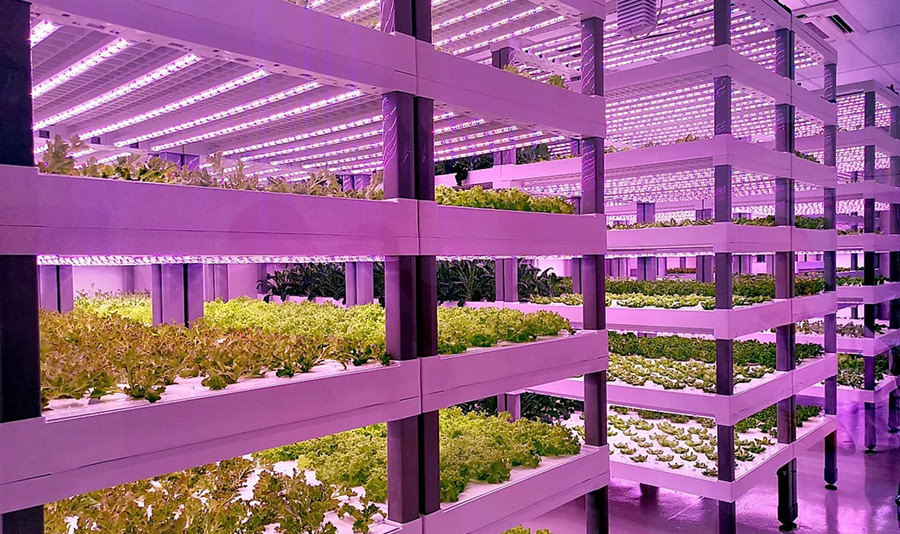
What is vertical farming
Gilbert Ellis Bailey, a American geologist, wrote a book called Vertical farming in 1915. It was the beginning of the history of vertical farming. Dickson Despommier, professor of Public and Environment Health at Columbia University, put forward the concept of vertical farming and designed the skyscraper farm in 1999. But the design has not been built. When vertical farming came to existence, it was accomplished by controlling nutrient, temperature, water and other environment conditions to optimize plants growth without soil in a high-rise buildings. Nowadays, more interest and advanced technology are pay on vertical farming. The main advantage of vertical farming is the resistance of weather and the rapid growing rate of plants. As a result, the crops cultivated with vertical farming is able to yield over 10 times than the traditional framing methods.
How does vertical farming work
There are huge differences between vertical farming and traditional farming. Firstly, as showed as the name, vertical farming grows plants vertically to reduce the usage of space while increase the production. Next, vertical farming cultivate plants without soil. Thirdly, vertical farming is coupled with advanced technologies, such as artificial lights and rotating beds. Last but not the least, vertical farming aims at sustainability.
According to cultivation places, there are building-based vertical farms, shipping-container vertical farms and deep farms. Building-based vertical farms are normally located in abandoned building in cities. Shipping-container vertical farms stack the shipping containers to reach higher yield while saving more space. LED lighting, heating, monitor sensor and standardized chambers are equipped in shipping-container vertical farms to control growing environment effectively. Deep farms often refurbished underground tunnels for vertical farming. The usage of nearby groundwater and constant temperature and humidity makes it reduce the cost of both water and energy. On the same area of land, the deep farm is capable to produce more times of crops than conventional farm.
According to techniques, vertical farming can be divided into hydroponics, aquaponics and aeroponics.
Hydroponics
Hydroponics refers to the predominant method growing plant free of soil. The root of plants are immersed in the water that full of nutrient. Nutrition levels are adjustable with the needs of different growing process. Plants absorb nutrient easily and keep low usage of water. Hydroponics technique reuses the water and lower about 70% water usage than traditional farming. Moreover, it is easier to get rid of pest and disease attack. At last, higher yield and shorter harvest interval times benefit growers.
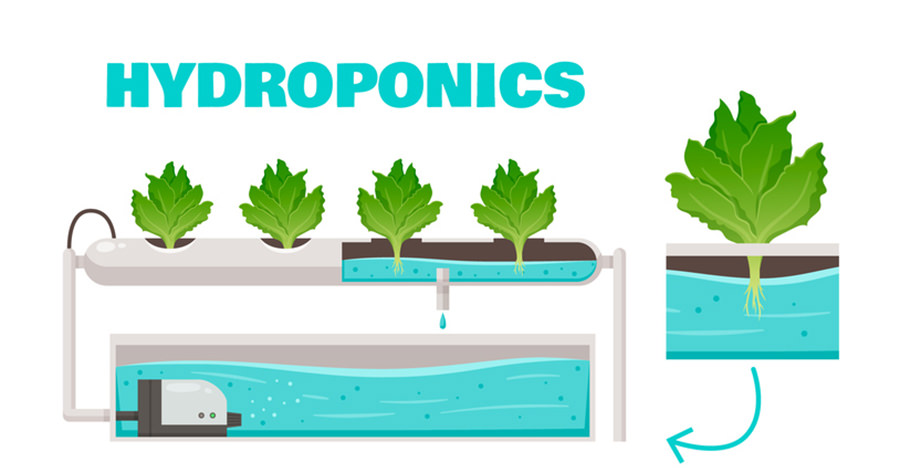
Aquaponics
Aquaponics is a combination of conventional aquaculture and hydroponics. The fish grown in indoor ponds produces nutrient-rich waste to feed plants. The water from the fish tank circulated the growth of plants with rich ammonia. In turn, plants filter and purify the waste and then the waste is recirculated back to the fish ponds. Aquaponics fully uses the waste and benefits both fish and plants. Once the aquaponics system is established, it is easy to operate as you just need to monitored PH and ammonia levels.
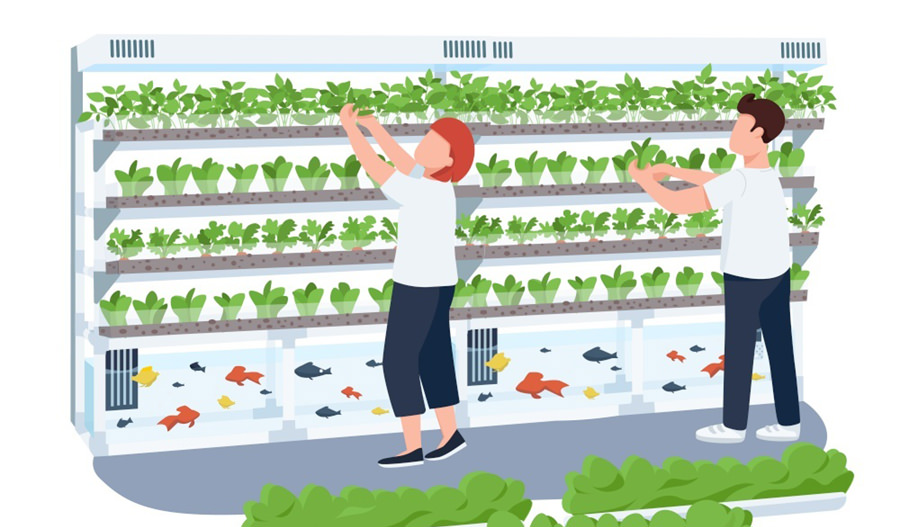
Aeroponics
Unlike other vertical farming method, aeroponics grows plants without liquid or solid medium. But mists liquid solution with nutrient in air chambers. It was motivated by the National Aeronautical and Space Administration in 1990. Aeroponics saves more than 90 percent of water than hydroponic systems, which support it to rank the first as sustainable soil-less growing technique. With the help of affluent minerals and vitamins mists, plants are growing healthier. The fertilizer usage in a aeroponics system is reduced by 60 percent, while the crop yields raised by 45 to 75 percent.
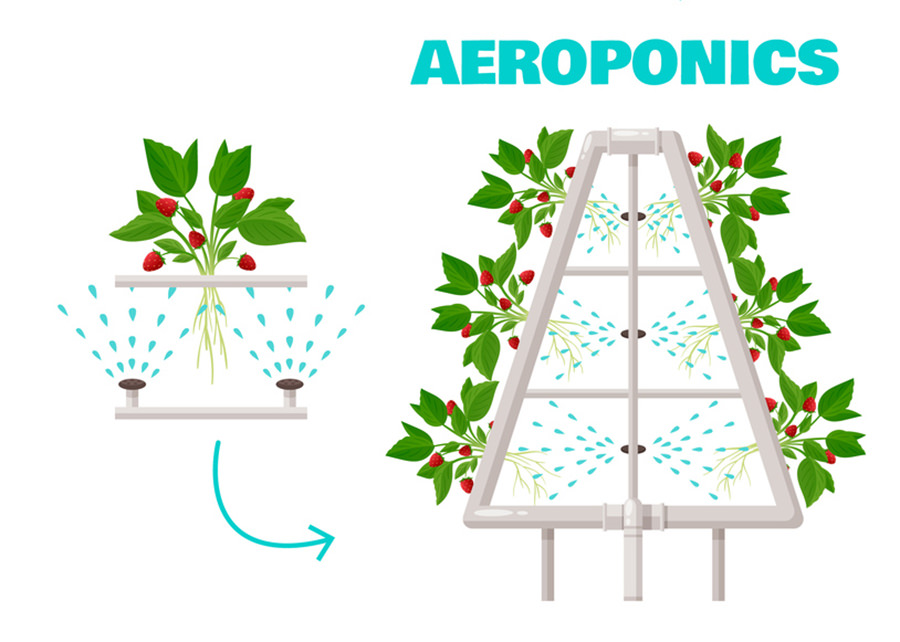
Considerations of vertical farming
Energy cost
- Strength
LED lights are used in a large number of vertical farms due to the less energy cost and high efficiency. LED lights are energy saving as they can be turned off or turned on according to different needs. As most of vertical farms are located in urban area, food and crops are able to transmitted to nearby supermarkets or retail stores in a fast speed. Thus, transportation energy are saved significantly. Additionally, less water are needed for crops in vertical farming. It is said that 70 to 95 percent less water are cut down in cultivation of vertical farming.
- Weakness
Tough less water and transportation cost are used in vertical farming, there still high consumption in electricity. As we all know, LED lights are energy-saving compared to conventional lights, but in a vertical farm, a huge number of LED lights are need for large scale cultivation. Total energy cost is still higher than traditional cultivation. Apart from lighting energy cost, nutrition supply and auxiliary operation equipment also consume massive electricity for uninterrupted working to keep crops growing.
Plants quality
- Strength
The green, red, far-red and blue light spectra have different effects on root formation, plant growth and flowering. White LED grow lights offer a full spectrum to mimic natural light, providing plants with a balanced spectrum of lights for plants to promote growth and improve yield and quality. The lighting enable year-round production in colder territories, getting plants to market early. Farmers would have the harvest forward and earn more. With proper lighting, temperature, nutrition and growing environment, vertical farming can yield over 10 times than the traditional framing methods. The highly controlled environment reduce the risk of pestis and resist natural disaster, ensuring the premium quality of crops.
- Weakness
When we select the foods in stores, except for outlook, we also concern about taste. But the foods produced by vertical farming may not match the taste comparing to foods grown with soil and sunlight. Natural light makes plants grow better with appropriate spectrum, photon efficiency and higher photosynthetic flux density. Soil is not only full of nutrition but also microbes to provide a more robust ecological environment.
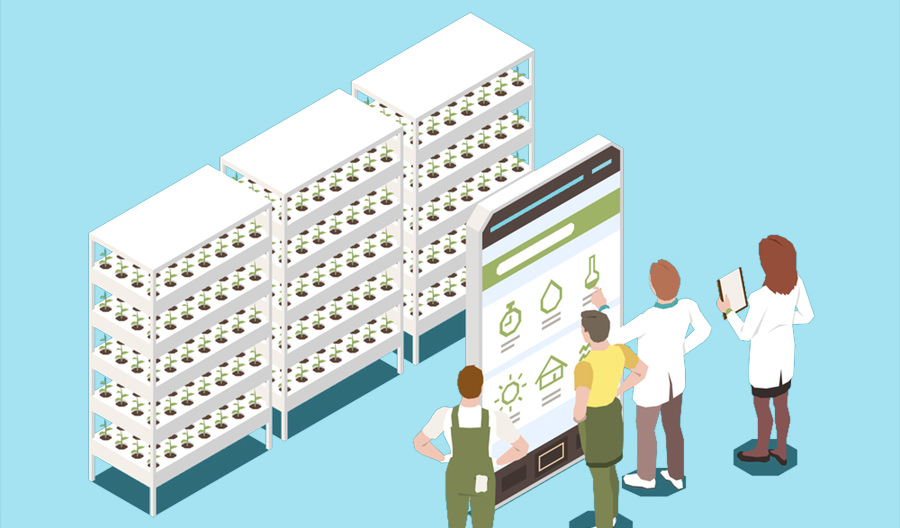
Weather resistance
- Strength
Vertical farming can protect crops from harsh weather, such as floods, droughts and snow. Unlike traditional cultivation, crops in vertical farms are grown indoors, thus, they are likely to get rid of bad weather. A greater and certainly of annual harvest output are caused as a result.
Environmental impact
- Strength
The closed loop system in aeroponics and hydroponics contributes to eliminate waste water that is potentially hazardous to environment. A vertical farm is generally placed in abandoned buildings or shipping-container in cities, which fully use the wasted space and save fields. By photosynthesis, plants absorb carbon dioxide and increase oxygen. Therefore, atmosphere and cities environment are improved. The entire process of vertical farming is soil-less, less fertilizer and disinfectant, reducing the risk of water pollution and chemical hazardous.
- Weakness
Because of the widely used of supplement lighting, there are may be light pollution in vertical farming. Nevertheless vegetative, flowering or reproductive, the lights are turned on when there is limited sunlight in daytime or throughout the night. In consequence, light pollution may occurs. To meet the requirement of carbon dioxide source for photosynthesis, some of the farms burn fossil fuels purely or from combustion to produce carbon dioxide. The pollutants from burning sharply damage environment.
Automation & mechanization
- Strength
Automation and mechanization make it easier to control the growing environment in vertical farms, including water, temperature, humidity, nutrition, lights, etc,. Monitor sensors collect data and help operator to analysis and adjust relevant parameters to optimize growing environment. After reaching specific requirements, plants grow better. Certain production and harvest are benefited due to the well controlled technique, the same as standard quality of plants. Year-round production allows higher supply for market and lower price of foods.
- Weakness
The main limitations of vertical farming are the difficulties with pollination and constricted applicability. Natural pollination is processed by insect, wind or manually. But in vertical farms, plants are grown indoors and all factors are carefully controlled. Insects are not likely to appear in vertical farms. Manually pollination is labour intensive and costly.
Vertical farming is suitable for growing vegetables like tomatoes, lettuce or pharmaceutical plants. Some subtropical fruits, such as pineapples and mangoes, cannot be grown in vertical farms for the time being. Growing different plants in a single vertical farm is also a constraint. It is difficult to design a facility to meet various growing requirements at the same time.
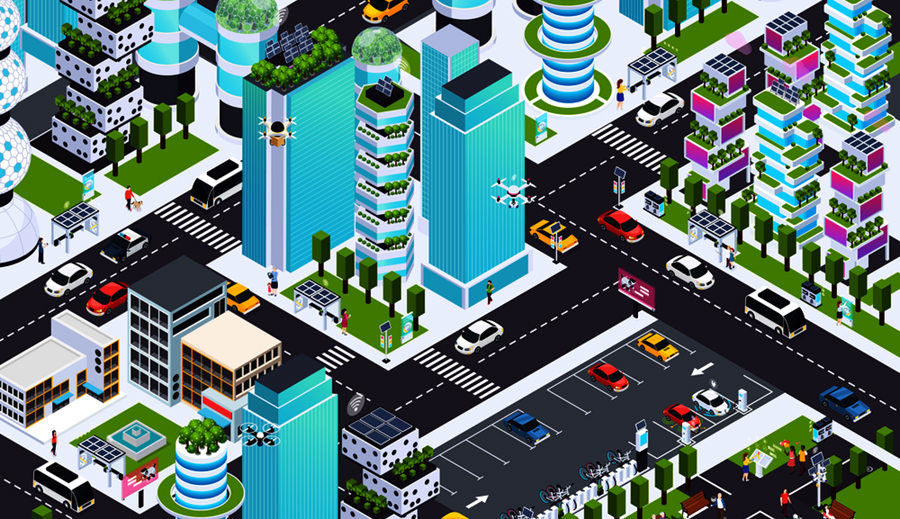
Conclusions
In conclusion, the prospects for vertical farming are impressive. Traditional farming cannot withstand global warming, calamities and weather changes. We are facing serious food and plantation shortage. To avoid famine and ecological disasters, we should make efforts to maximize the space usage and food production. Though vertical farming is not suitable for all kinds of plants production, it contributes to sustainable plants production and protect humans from starvation. Vertical farming provides an opportunity for more efficient and adaptive cultivation. The rapid development of technology will strengthen the weakness and making cities green, healthy and safe.

